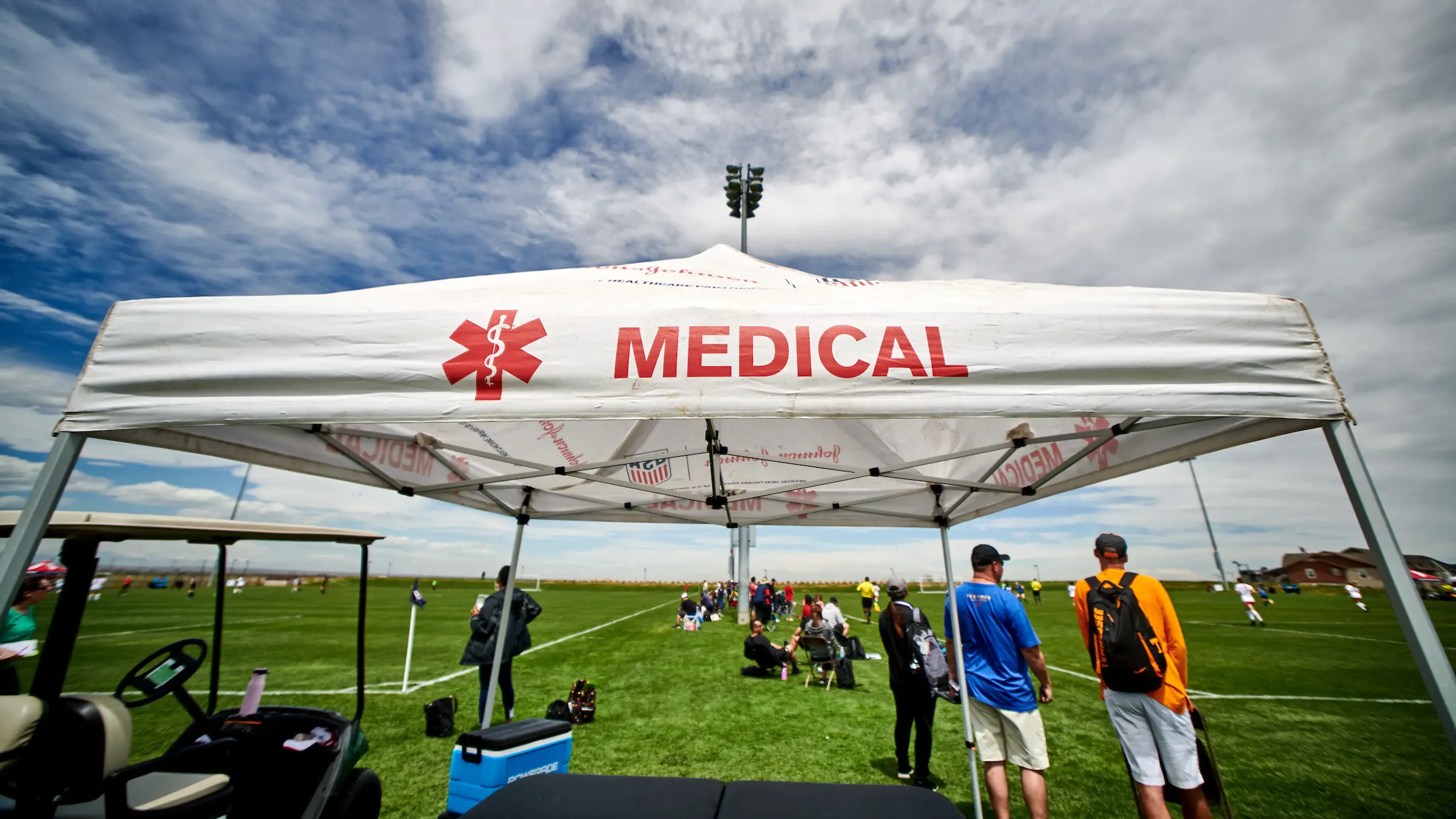Overuse injuries are common in youth soccer players, and can occur from repeated stress on a particular part of the body. It’s vital to recognize the signs of these types of injuries early and not allow them to linger and worsen, so that you can stay at the top of your game.
While overuse injuries can occur in any part of the body, they are most common in the legs, ankles, and feet. These areas of the body are subjected to a lot of stress during soccer, particularly when running, jumping, and kicking the ball. Overuse injuries can also occur in the knees, hips, and back, particularly in players who have imbalances or weaknesses in these areas.
Some common signs of overuse injuries include:
- Pain that persists even when you’re not playing soccer
- Swelling or tenderness in the affected area
- Limited range of motion in the affected joint
- Weakness or instability in the affected area
- A feeling of tightness or stiffness in the affected area
If you experience any of these symptoms, it’s important to talk to your doctor or a sports medicine professional. They can help diagnose your injury and develop a treatment plan to help you recover. In the meantime, it’s important to rest the affected area and avoid activities that cause pain or discomfort.
One specific overuse injury that soccer players and other athletes face is the issue of shin splits, which is inflammatory overuse condition in the leg, just above the ankle on the inside. Shin splints do not occur at the center of the leg or above. Pain in that area is most likely a stress fracture or other condition. Athletes with shin splints are usually 12 years old or above and most often have completed or nearly completed growth. Pain worsens after activity and is relieved with rest. Often, athletes complain of soreness at the beginning of play that improves until the activity is almost over, when it worsens again. Treatment is rest, ice and control of foot pronation, if it is excessive. Athletes should see a physician if symptoms continue after two to four weeks to be sure a stress fracture hasn’t developed.
Ankle Impingement Syndrome is another overuse injury that many soccer players run into. It often comes in the form of pain on the front and/or outside of the ankle joint along with a feeling of ankle instability. Athletes typically feel decreased ankle range of motion when stretching their toes up toward their shin. It was first labeled as “footballer’s ankle”, but “athlete’s ankle” is more appropriate, because soccer players and dedicated dancers are equally vulnerable. Anyone whose activities involve regular compression of the ankle’s anterior joint capsule is a candidate for anterior ankle impingement.
To prevent overuse injuries, it’s important to focus on overall body strength and flexibility, and to pay attention to any areas of the body that are feeling tight, sore, or weak. Much like regular maintenance is needed to keep a car running smoothly, athletes need to perform regular maintenance on their bodies to prevent things from breaking down.
For the most proactive approach, it’s best to work on avoiding overuse injuries altogether. Workouts like the one seen in the video below can help you prepare your body in advance for bearing the heavy load comes with playing competitive soccer.
To read more about overuse injuries in youth soccer, click here. Watch the videos below for more injury prevention tips.








